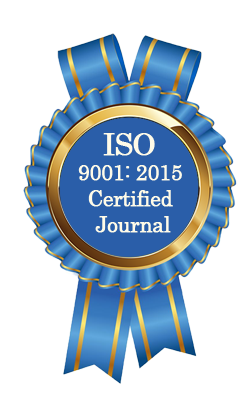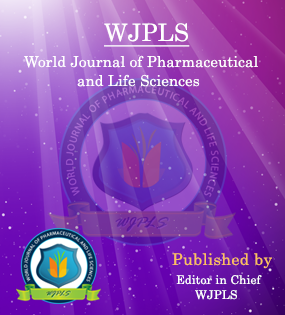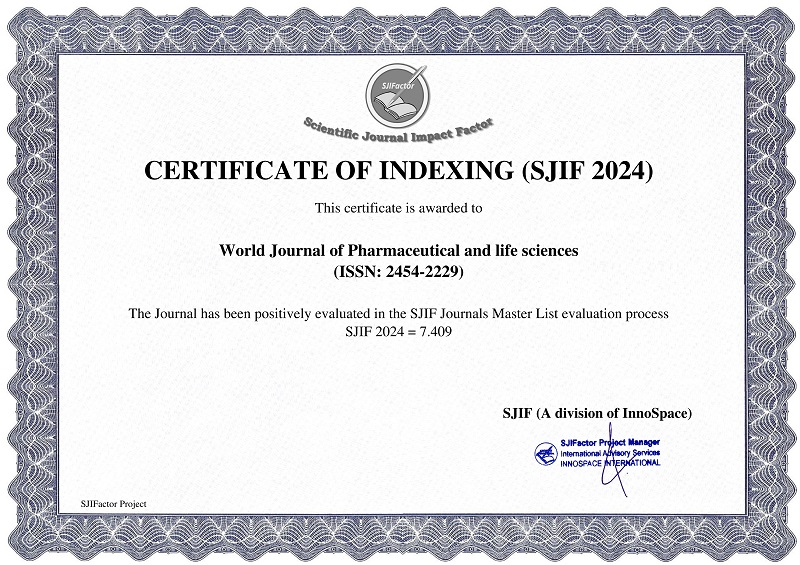Abstract
S-A-L-T AS SUPPORTIVE AND LUCRATIVE TASTE
Viral Prajapati, Amit Thakor, Ketu Patel, Gautam Rajpurohit, Mihal Joshi, Kushal Saini and Prof. Dr. Dhrubo Jyoti Sen*
ABSTRACT
Iodized white salt (commonly available in the country) is chemically processed and bleached from yellowish/off-white color to white color as it undergoes processing to convert brine from sea water to white salt with chemicals added for Iodine fortification and anti-caking agents like E551 (nanosilica; SiO2) & E536 (potassium ferrocyanide; K4[Fe(CN)6]). It is different from the natural sea salt or rock salt which is natural, unrefined healthier options. An image is attached for more clarity around the process. An anti-caking agent is an additive placed in powdered or granulated materials, such as table salt or confectionaries to prevent the formation of lumps (caking) and for easing packaging, transport, and consumption. There is no evidence to suggest there are any negative health effects. In fact, studies have shown it to boost immune function, reduce mortality and help with weight loss. An anti-caking agent in salt is denoted in the ingredients, for example, as "anti-caking agent (554)", which is sodium aluminosilicate, a man-made product. This product is present in many commercial table salts as well as dried milk, egg mixes, sugar products, flours and spices. In Europe, sodium ferrocyanide (535) and potassium ferrocyanide (536) are more common anti-caking agents in table salt. "Natural" anti-caking agents used in more expensive table salt include calcium carbonate and magnesium carbonate. Some anti-caking agents are soluble in water, while others are soluble in alcohols or other organic solvents. They function either by absorbing excess moisture or by coating particles and making them water-repellent. Calcium silicate (CaSiO3), a commonly used anti-caking agent, added to e.g. table salt, absorbs both water and oil. Anti-caking agents are also used in non-food items such as road salt, fertilizers, cosmetics, synthetic detergents, and in manufacturing applications. The most widely used anti-caking agents include the stearates of calcium and magnesium, silica and various silicates, talc, as well as flour and starch. Ferrocyanides are used for table salt. The following anti-caking agents are listed in order by their number in the Codex Alimentarius: tricalcium phosphate (Ca3(PO4)2:341), powdered cellulose (C6H10O5)n: 460), magnesium stearate (Mg(C18H35O2)2: 470b), sodium bicarbonate (NaHCO3: 500), sodium ferrocyanide (Na4Fe(CN)6.10H2O: 535), potassium ferrocyanide (K4[Fe(CN)6]·3H2O: 536), calcium ferrocyanide (Ca2Fe(CN)6?12H2O: 538), calcium phosphate (Ca3(PO4)2: 542), sodium silicate (Na2SiO2)nO: 550), silicon dioxide (SiO2: 551), calcium silicate ( Ca2SiO4: 552), magnesium trisilicate (Mg2O8Si3: 553a), talcum powder (Mg3Si4O10(OH)2: 553b), sodium aluminosilicate (554), potassium aluminium silicate (555), calcium aluminosilicate (Na2Al2Si14O32·3H2O: 556), bentonite (558), aluminium silicate (xAl2O3.ySiO2.zH2O: 559), 570 stearic acid (C17H35COOH: 570), polydimethylsiloxane (C2H6OSi)n: 900).
[Full Text Article] [Download Certificate]WJPLS CITATION 
| All | Since 2019 | |
| Citation | 422 | 322 |
| h-index | 9 | 7 |
| i10-index | 4 | 2 |
INDEXING
NEWS & UPDATION
BEST PAPER AWARDS
World Journal of Pharmaceutical and life sciences Will give best paper award in every issue in the from of money along with certificate to promote research .
Best Article of current issue
Download Article : Click here





